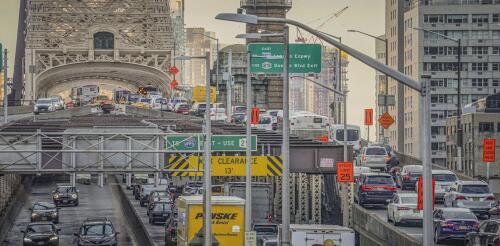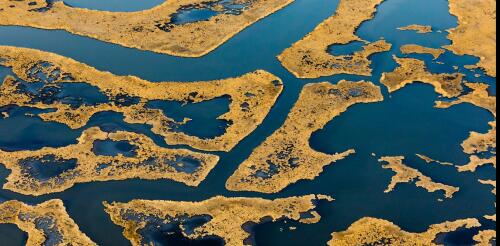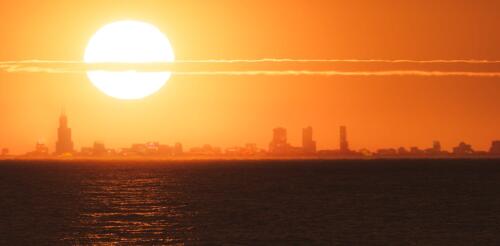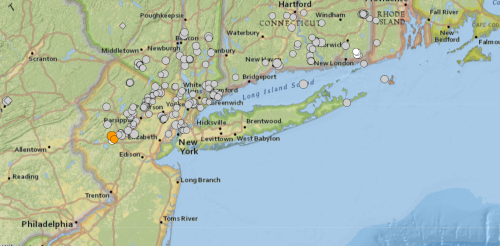environment
New York City is poised to launch the first congestion pricing plan to reduce traffic in a major U.S. metropolitan area. Like many journeys in the Big Apple, this one has been punctuated by delays. Once the system starts up, however, it’s expected to significantly reduce gridlock in Manhattan and generate billions of dollars to improve public transit citywide. The basic idea is simple. To enter the Congestion Relief Zone, which covers Manhattan south of 60th Street, large trucks will pay $36, small trucks $24, passenger vehicles $15 and motorcycles $7.50. Ride-share vehicles and taxis will pay $2.50 and $1.25, respectively. Peak hours run from 5 a.m. to 9 p.m. on weekdays and 9 a.m. to 9 p.m. on weekends; overnight tolls are discounted by 75%. Evidence from cities around the world shows that charging motorists fees for driving into city centers during busy periods is a rarity in urban public policy: a measure that works and is cost-effective. Congestion pricing has succeed...
The U.S. power grid is the largest and most complex machine ever built. It’s also aging and under increasing stress from climate-driven disasters such as wildfires, hurricanes and heat waves. Over the past decade, power grids have played roles in wildfires in multiple states, including California, Hawaii, Oregon and Minnesota. When wind speeds are high and humidity is low, electrical infrastructure such as aboveground power lines can blow into vegetation or spark against other components, starting a fire that high winds then spread. Under extreme conditions, utilities may opt to shut off power to parts of the grid in their service areas to reduce wildfire risk. These outages, known as public safety power shutoffs, have occurred mainly in California, where wildfires have become larger and more destructive in recent decades. On April 5-6, 2024, Colorado utility Xcel Energy carried out that state’s first public safety power shutoff, cutting power to thousands of custo...
Wetlands have flourished along the world’s coastlines for thousands of years, playing valuable roles in the lives of people and wildlife. They protect the land from storm surge, stop seawater from contaminating drinking water supplies, and create habitat for birds, fish and threatened species. Much of that may be gone in a matter of decades. As the planet warms, sea level rises at an ever-faster rate. Wetlands have generally kept pace by building upward and creeping inland a few meters per year. But raised roadbeds, cities, farms and increasing land elevation can leave wetlands with nowhere to go. Sea-level rise projections for midcentury suggest the waterline will be shifting 15 to 100 times faster than wetland migration has been clocked. Many wetlands, like these on Cape Cod, are now bordered by human infrastructure, including towns and roads. Lance Cheung/USDA I have been studying coastal g...
The historic Paris climate agreement started a mantra from developing countries: “1.5 to stay alive.” It refers to the international aim to keep global warming under 1.5 degrees Celsius (2.8 Fahrenheit) compared with preindustrial times. But the world will likely pass that threshold within a decade, and global warming is showing little sign of slowing. The world is already facing natural disasters of epic proportions as temperatures rise. Heat records are routinely broken. Wildfire seasons are more extreme. Hurricane strength is increasing. Sea level rise is slowly submerging small island nations and coastal areas. The only known method able to quickly arrest this temperature rise is climate engineering. (It’s sometimes called geoengineering, sunlight reduction methods or solar climate intervention.) This is a set of proposed actions to deliberately alter the climate. These actions include mimicking the cooling effects of large volcanic eruptions by putting la...
It’s rare to feel earthquakes in the U.S. Northeast, so the magnitude 4.8 earthquake in New Jersey that shook buildings in New York City and was felt from Maryland to Boston on April 5, 2024, drew a lot of questions. It was one of the strongest earthquakes on record in New Jersey, though there were few reports of damage. A smaller, magnitude 3.8 earthquake and several other smaller aftershocks rattled the region a few hours later. We asked geoscientist Gary Solar to explain what causes earthquakes in this region. What causes earthquakes like this in the US Northeast? There are many ancient faults in that part of New Jersey that extend through Philadelphia and along the Appalachians, and the other direction, past New York City and into western New England. These are fractures where gravity can cause the rock on either side to slip, causing the ground to shake. There is no active tectonic plate motion in the area today, but there was about 250 million to 300 million years a...




